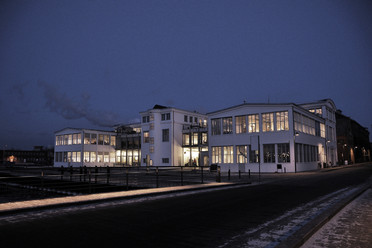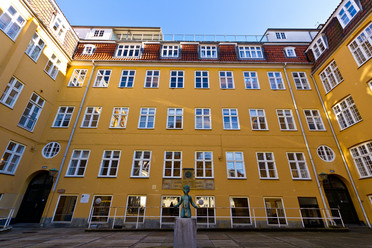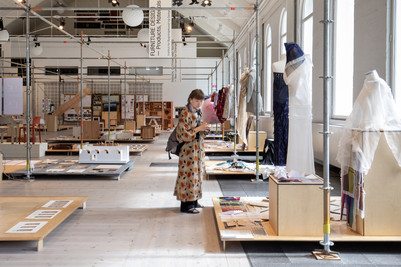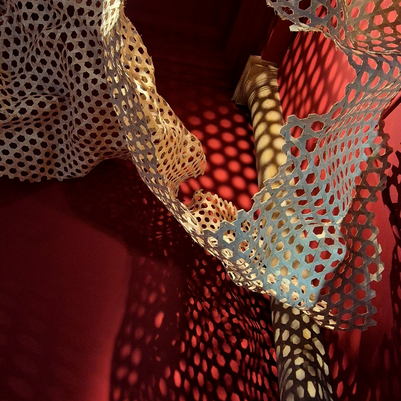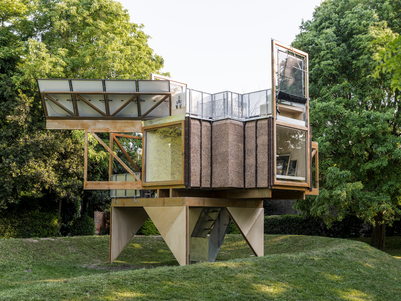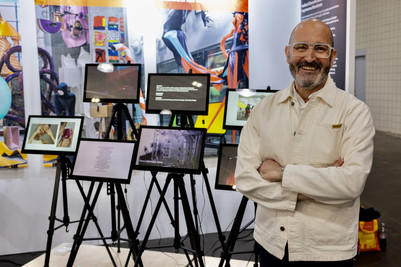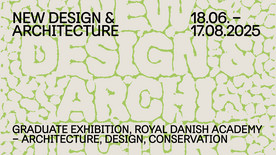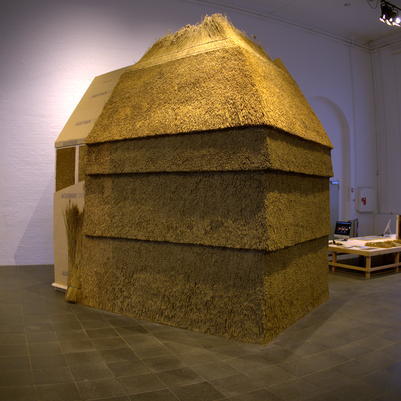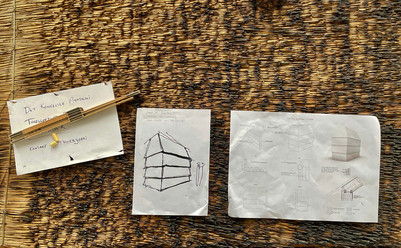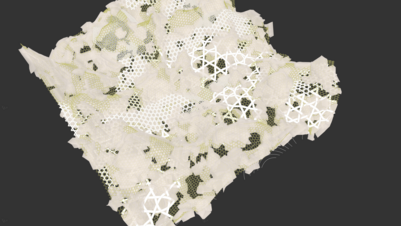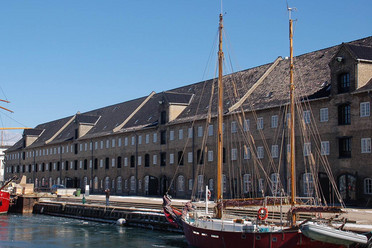
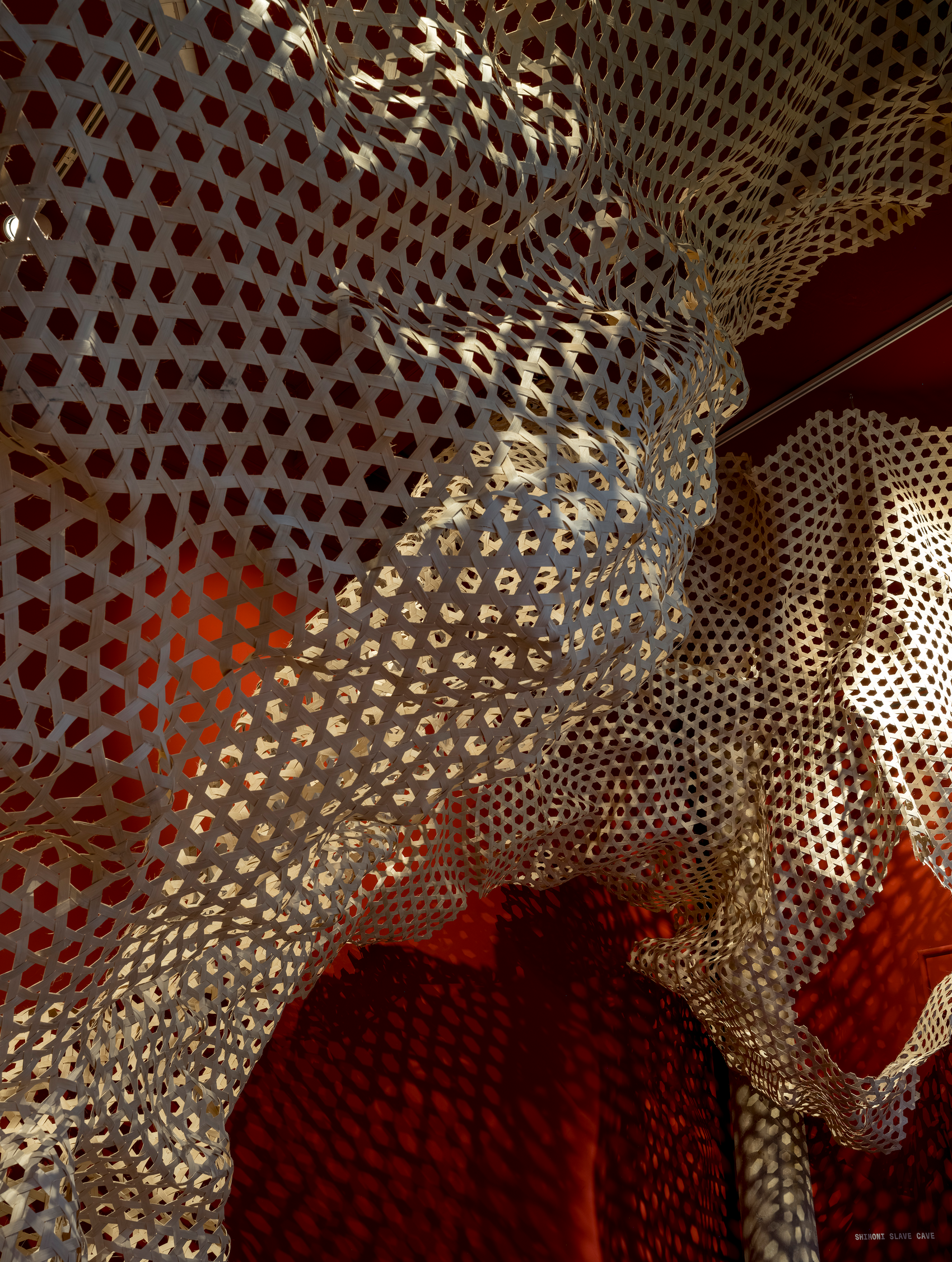
The Royal Danish Academy presents leading research at the Venice Architecture Biennale
The 19th International Architecture Biennale in Venice will focus on the importance of different forms of knowledge in architecture and feature several striking contributions from the Royal Danish Academy – Architecture, Design, Conservation.
The Royal Danish Academy is a research and educational institution in continuous transformation, building on a historical foundation of practice, art and science. It aims to take on significant societal responsibility and strives to be an active, creative and leading force in addressing the major national and global agendas shaping our time.
At the Biennale, researchers from the Royal Danish Academy will present examples of leading research in sustainable architecture, showcasing how new methods as well as traditional approaches to architecture can help bring the construction of the future into better balance with the planet's boundaries.
Chief curator, architect, and engineer Carlo Ratti has chosen a theme that addresses how architecture must draw on many different forms of knowledge in order to meaningfully contribute to the major challenges facing the world under the title Intelligence. Natural. Artificial. Collective. This is a theme closely aligned with the diverse and exploratory research taking place at the Royal Danish Academy.
"With Ratti’s theme, this year’s Architecture Biennale in Venice highlights the importance of knowledge and technologies in the development of sustainable architecture," says Jakob Brandtberg Knudsen, Dean of Architecture. "It is essential for the Royal Danish Academy that the knowledge we produce actively contributes to advancing architecture in a more sustainable direction — and that this happens in close dialogue with the industry. This is precisely why we are proud to be strongly represented in a major international context, showcasing how architectural research can connect biogenic and local materials with both digital and traditional technologies."
Four Projects Featured in the Main Exhibition and National Pavilions
Researchers from the Institute of Architecture and Technology are presenting three distinct projects – two in the curated main exhibition at the Arsenale and one in the British Pavilion. In addition, the master's programme in Heritage, Transformation and Restoration at the Institute of Architecture and Culture has contributed to the Danish Pavilion.
Deserta Ecofolie (Arsenale)
Centre for Industrial Architecture (CINARK), led by Professor Anne Beim, has developed a prefabricated façade system made from biogenic materials, designed to withstand extreme climatic conditions. The system forms part of a pavilion located in the Atacama Desert.
Local Resource/Collective Knowledge (Arsenale)
Centre for IT and Architecture (CITA), represented by Professor Mette Ramsgaard Thomsen and Associate Professor Paul Nicholas, demonstrates how local materials and collective practices can serve as the foundation for more climate-conscious architectural approaches.

Shimoni Slave Cave (British Pavilion, Giardini)
Professor Phil Ayres from Biolab contributes a large woven rattan installation that showcases both cultural storytelling and alternative construction methods, using no mechanical or chemical fixings.
Build of Site (Danish Pavilion, Giardini)
Students and researchers from the master’s programme in Heritage, Transformation and Restoration have contributed with surveys, analyses, and historical documentation as the foundation for the pavilion’s focus on architectural transformation.


